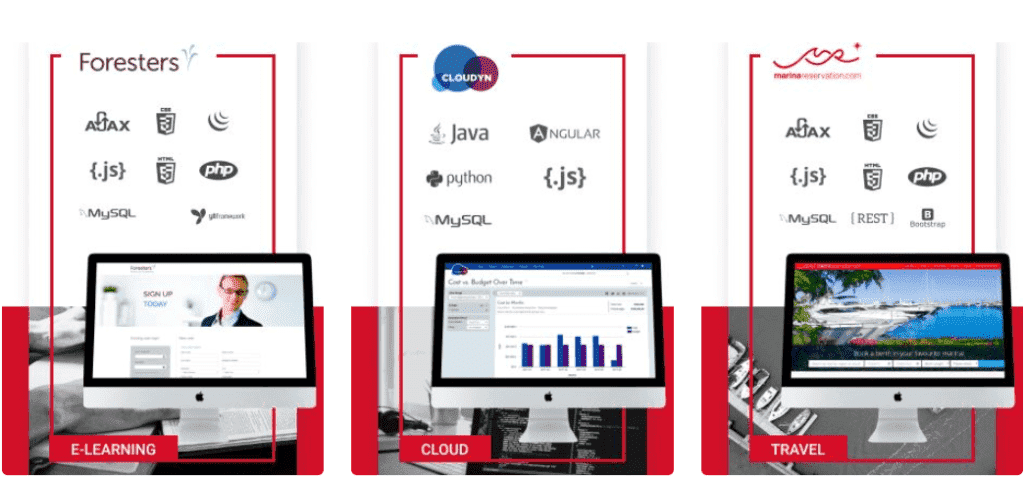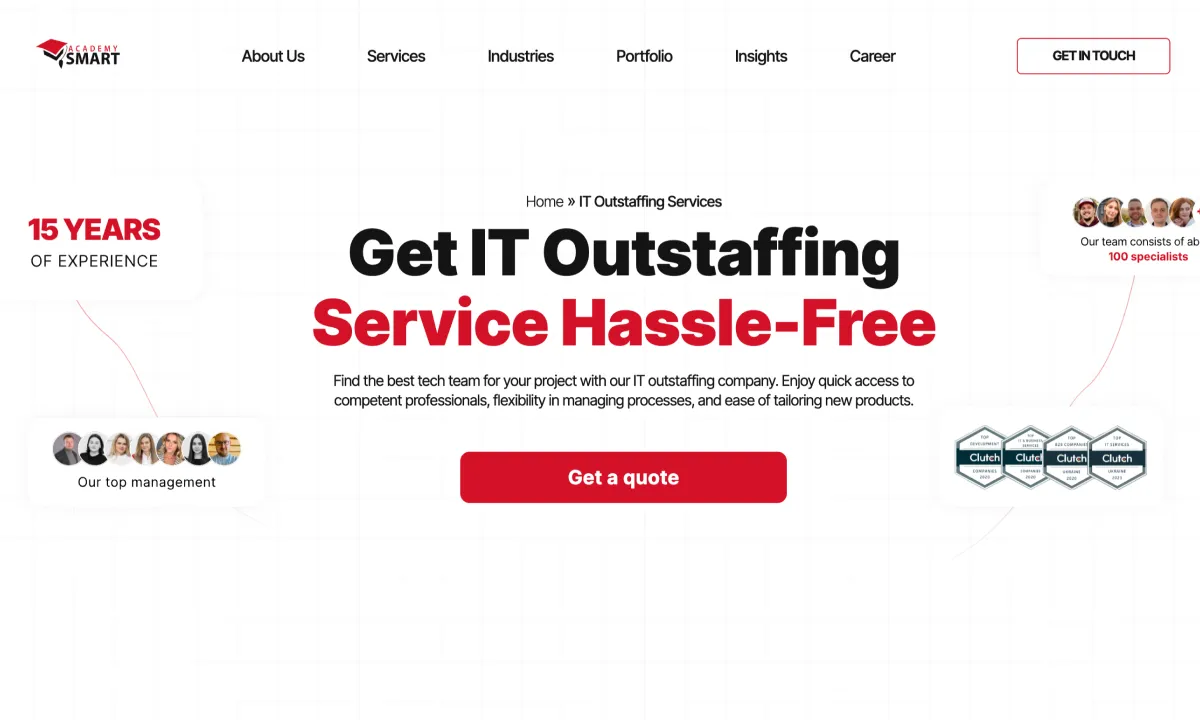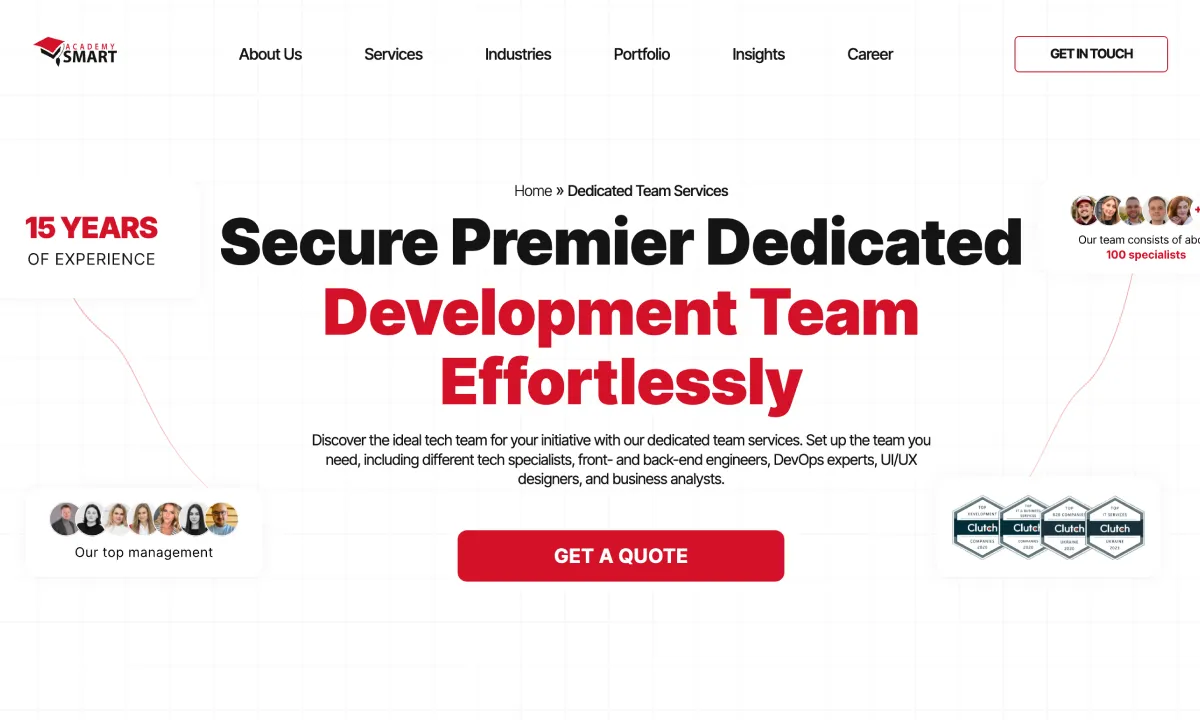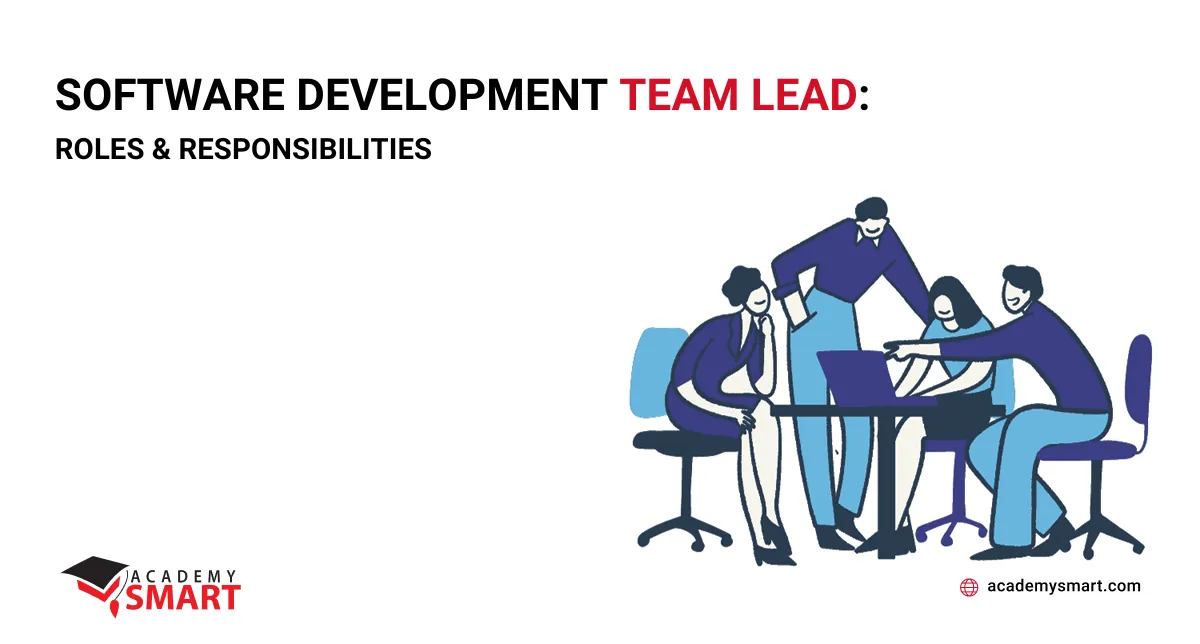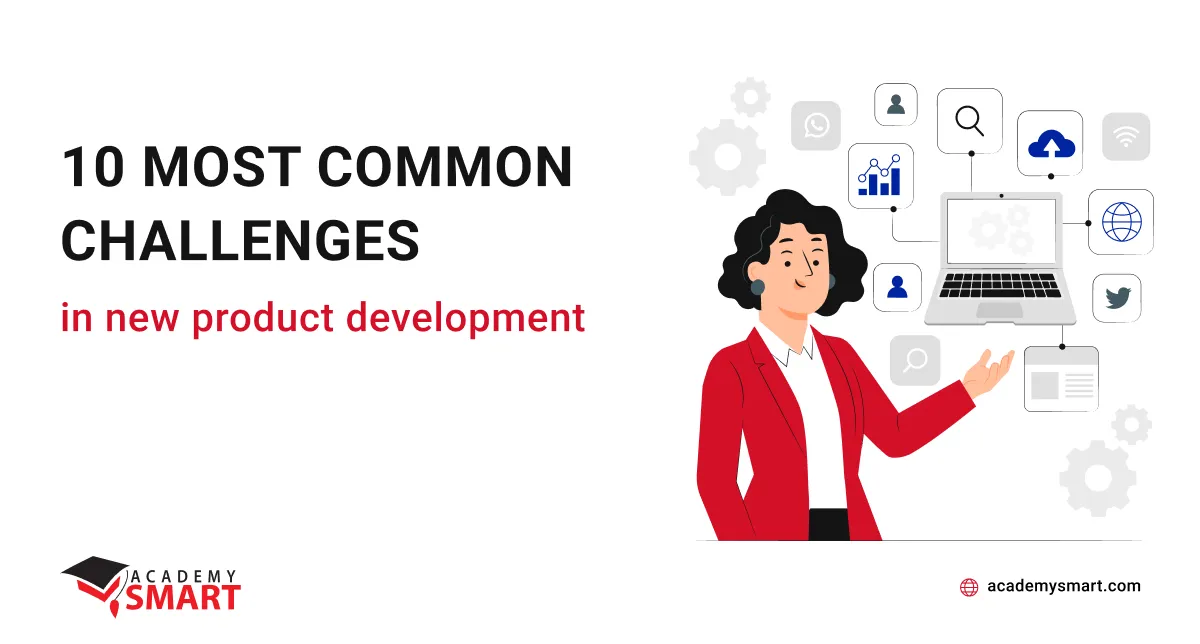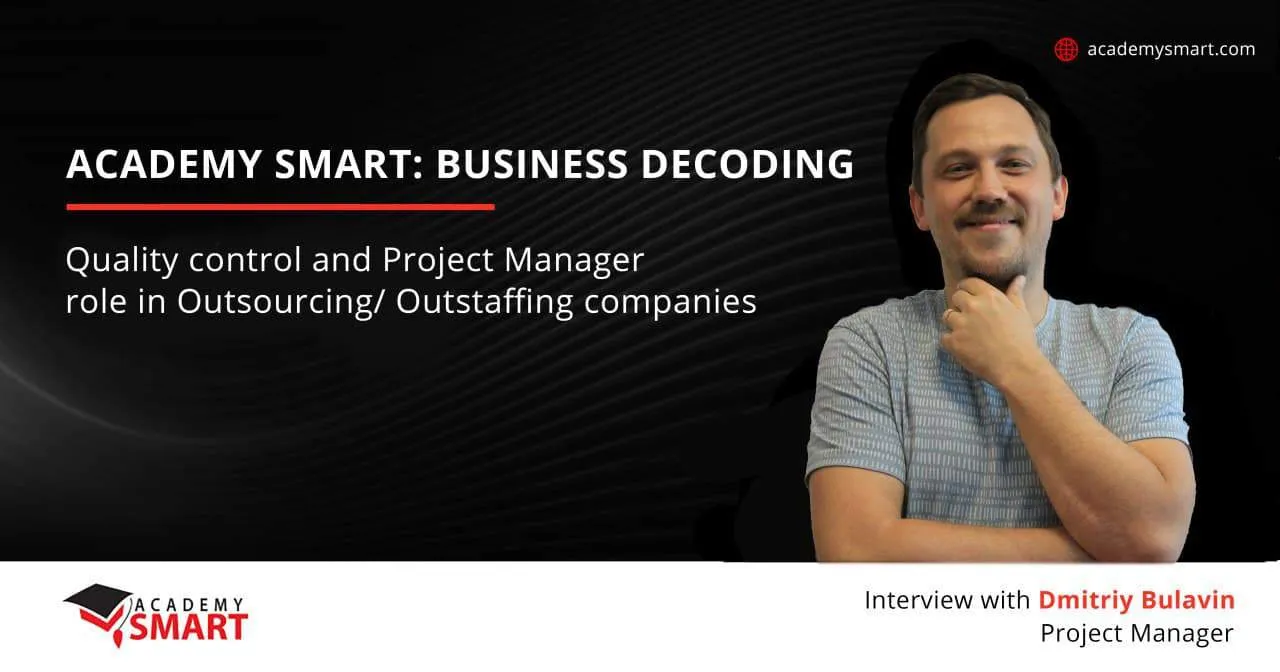
Project Manager Role in Outsourcing/ Outstaffing Companies
Contents
What is your system approach to project quality management?
This article is about what a project manager does in IT outsourcing and outstaffing companies. In today’s world, to achieve success in competition, it is necessary to ensure the optimal combination of well-established business processes in management structures and dynamic and result-oriented design approaches. It is the project quality management role that currently plays a special relevance in project management because only a high-quality product can win out the competition in today’s realities.
What is outsourcing in software project management? Each project manager ultimately has the task of optimizing the management process to achieve the project goal more effectively. Project quality management includes the processes required by the quality assurance organization regarding IT project planning, management, and control. Project quality management includes the following processes:
- Quality management planning;
- Quality management;
- Quality control.
At the start of the planning process it is necessary to obtain all necessary information for starting the project: contents of the project, the technical specification of the project which needs to be approved together with the client, standards and requirements to software quality and realization of all processes, and documentation on the quality system.
Now in modern IT companies, quality assessment is considered from the standpoint of an individual customer. It is with him or her at the stage of forming requirements that the quality criteria of the developed software product are determined. This is because every product and every project is unique. That is why quality indicators may not differ significantly from one project to another.
When we analyze the indicators that affect the quality of the project, it becomes necessary to select the most influential ones. Some can qualitatively change the final result of the project in the company. The solution to the task and the achievement of the necessary results comes from the selection of the most important indicators for the analysis of impact and determination of the quality component as a result of the analysis of the quality level of the project under study. This approach allows us to use information visualization tools – Ishikawa diagrams.
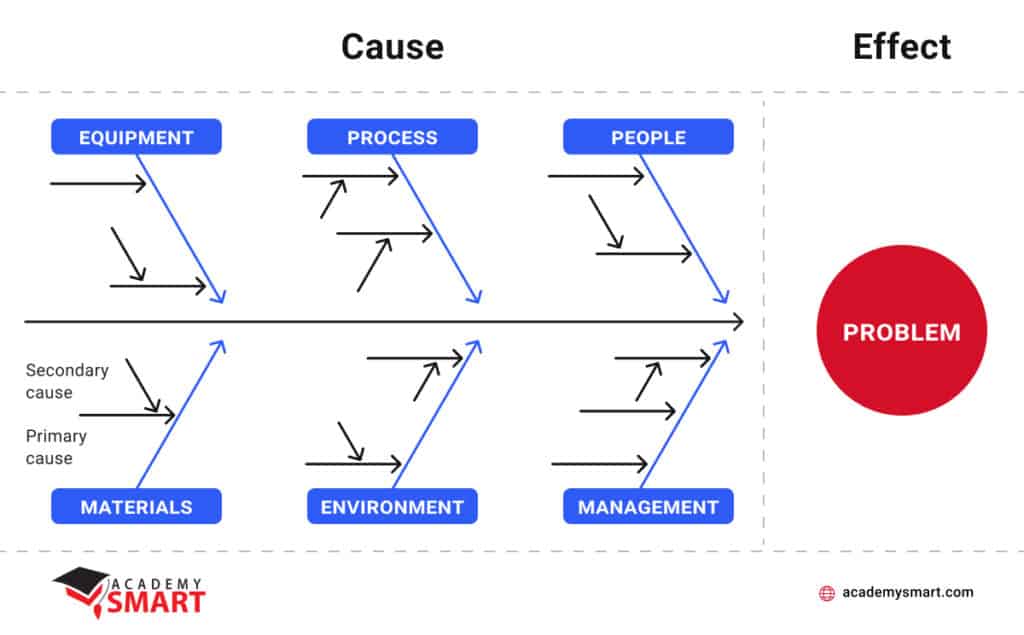
Ishikawa diagrams
The ranking procedure consists of an expert having to arrange the indicators of the IT-project quality in a rational order and assign each of them the numbers in a natural series – ranks. As rank is understood as an indicator (number) characterizing the ordinal position of the evaluated object of research in a group of objects that have the properties necessary for evaluation.
The rating system allows us to manage through coordinated planning, setting control over the quality level of IT projects. By tracking deviations from the set goals and strategic objectives, we can increase the efficiency of the process of managing the quality level of IT projects and, thus, improve the results of enterprises in general.
Based on my experience working with custom engineers from different countries on projects of different sizes, the use of mathematical methods for quality outsourcing project management is advisable and successfully financed only on large projects of 2 years or more and with a team of 15-20 people. On smaller projects, the use of such techniques is labor-intensive and seldom customers agree to finance this type of work. My suggestion for projects like this is to implement clear milestones and quick discussions of the results after each one.
Read also: How to Hire an Offshore Development Team
What are the main features of customers from Holland, USA, Israel, or England?
What is the difference between the roles and responsibilities of a project manager in Ukraine and in other countries? The work of an IT company in Ukraine in most cases is aimed at foreign customers in the form of companies of different sizes. At the same time, the success of cooperation largely depends on whether the management of an IT company understands the key differences that exist between customers from different countries of the world.
Consider the key areas with which our company is currently cooperating. It is necessary to identify key differences, as well as highlight common similarities that can be used to achieve success.
The Israeli market is now growing very fast, and the number of projects that come to us from there is really large.However, many of them are startups. This means that the client wants to make an MVP of the product, and in the future receive its full funding. In this regard, the customer does not want to spend his financial resources at this stage on connecting a business analyst to create a full-fledged technical task, and the project description often consists of a small document describing key details. Besides, some of them, in an attempt to save money, create a back-end on their side and give the front-end to outsourcing. In this case, quite often a lot of time is spent on implementation, and this leads to client dissatisfaction, as well as possible financial losses. That is why the assessment of time costs on the side of the company must be approached with special care, and a T&M contract should be made. Another rather interesting feature of Israeli clients is jokes/anecdotes – if the PM is on good terms with the customer, then they love informal communication and can continue to communicate with the messenger on completely different topics.
Dutch clients are always very polite and pleasant to talk to. They often order large systems, the development of which is completely outsourced. The technical documentation of such projects for many of them is compiled at a high level, and the design is either outsourced and approved or provided by the client in the form of sketches / full design. Provided that good contact with the client is established, and a clear record of all tasks and time is maintained, work with Dutch clients is successful and well-tuned, without elements of chaos.
American clients see each of their projects as special, and certainly one that will turn the world upside down. An unconditional feature is that they require the constant attention of developers, PMs – even if the team is not sold full-time. It is impossible not to mention the dependence of technical documentation on an American client. There can be both an ideal technical specification and a short description up to the moment of MVP, and then we will come up with it as the project progresses. The ideal work with American clients involves a T&M or outstaff team and displays the interest of the entire team in the client’s ideas.
Great Britain has very pedantic clients and the terms of reference for their projects can be very huge, while there will also be a lot of water in it. Working with such clients is very dependent on how much you will be on the same wavelength with them and comply with all their terms and conditions. They really do not like to use American services, so offering them Amazon can cause you to completely lose the project. Drawing up clear plans, working towards a result, and conducting high-quality demos is the key to successful cooperation with British customers.
Our clients who have already used Academy SMART services
What is the PM’s role in Outsourcing / Outstaffing?
What are the roles and responsibilities of a project manager Outsourcing and Outstaffing? In the modern IT industry there are many types of cooperation, and one of the most commonly used in our country are Outsourcing and Outstaffing models. The key difference between these models is that in Outsourcing, a customer company concludes a contract with another executing company to perform some work. And in Outstaffing, the customer company buys out the entire team – or a certain number of employees of the executing company to work full time.
When analyzing the tasks of the PM, which he or she performs in these models, one can note both similarities and differences. Of course, in both models, the PM is responsible for project analysis, phase identification, assessment, and distribution within the team. Also, the PM is obliged to monitor the results of the team both in small phases and throughout the entire project distance, assess risks, manage the quality of work, and use soft skills to maintain the microclimate within the team and when communicating with the customer.
However, in most cases, project management outsourcing a certain set of projects (from 3 and higher), and in the Outstaffing model, the use of a full-time PM within the framework of work on 1 project prevails. Most often, in this case, it is a long-term project with a large team (10 or more team members). In such cases, the PM is obliged to work with large volumes of incoming data, take into account the peculiarities of the system being developed and the impact of changes introduced, carry out mandatory version control, and, in some cases, perform the duties of a business analyst.
In the Outsourcing model, the PM participates in presale activities, carries out classical PM activities on several projects, prepares upselling plans for current projects, and manages teams in terms of software and hard skills growth.
To sum up, we can say that both models are effective and contribute to the growth of PM qualifications from different sides, and to single out only one as the most correct would not be a correct decision.
How do you properly build effective communication with the customer?
Every time a new project starts and a presale meeting occurs, I think about what the new customer will be like, whether our communication will be productive and mutually interesting, and how to correctly build a negotiation strategy at the initial and subsequent stages of working with him or her. I think everyone will agree that effective communication is not mathematics or physics, there is no single formula or strategy for the PM to adhere to a certain rule and be successful with all clients. Our second section, where we discussed the specifics of customers from different countries, only confirms this. The eternal question arises: “How do you properly build effective communication with the customer?
– In my opinion, it is very important at the first meeting with a customer to show oneself as honest, open, and most importantly interested in the project and its details. A good PM should always remember that for a customer a project is a brainchild that he or she wants to bring to the world. That is why, as one well-known trainer used to say: “The eyes must burn.”
The second important aspect of the conversation is to clarify the interests of the client in addition to the project.his helps to reduce the degree of tension at a time when there is a delay on the project. However, you should not use this if there is a crisis on the project because while you can certainly communicate with the client on topics that are interesting to both, during a crisis it is essential to be professional and serious. In such moments, the customer wants to see the maximum involvement of both PM and the whole team in solving difficulties. The client should feel confident that the PM will find words of motivation for the team and all controversial points will be eliminated.
Summarizing all of the above, let us note the key qualities that the project management outsource should possess in the negotiation process:
- Honesty and openness;
- Analytical skills;
- Delivered competent speech;
- Ability to instill confidence in the client;
- Punctuality;
- A broad outlook for dialogue.
One of the best cases of the negotiation process in my experience was on a project that had already lasted about 2 years and was close to failure. The key mistake of previous PMs was the strict adherence to customer documents and the lack of attempts to analyze the application to the market. In the process of communicating with the customer, which was on average 3-4 hours a day, we discussed that the key feature of applications should be an orientation to the web with mandatory responsiveness. As a result, the size of the team grew to 8 people, the development of the project started from scratch, and the company’s income grew by 300%.
We invite you to view IT Company Academy Smart projects portfolio:
Three tips for beginner Project Managers
- At the start of communicating with the customer – try to win him or her over to you and show that you are a professional;
- In the process of working with a client – be honest, but highlight the achievements of your team, as he or she must know that he is working with the best;
- In each phase of the project – consider any upselling possibilities, but first, clearly articulate the details and all benefits for the customer.
If you need to improve your business with an expert specialist we will help you to build a strong outstaffing team with the PM. If you have any questions, contact Academy Smart. Book a call and let’s talk!
Project managers roles in outsourcing and outstaffing: Frequently Asked Questions
What is the key role of an outstaffing project manager?
Outstaffing PM’s responsibilities: planning, organizing, and directing the completion of specific projects for an organization.
How to Become a Project Manager?
- Understand what skills you have.
- Build project management experience.
- Develop project management skills.
- Enhance your resume.
Book a free consultation

Reach out to start talking today!

